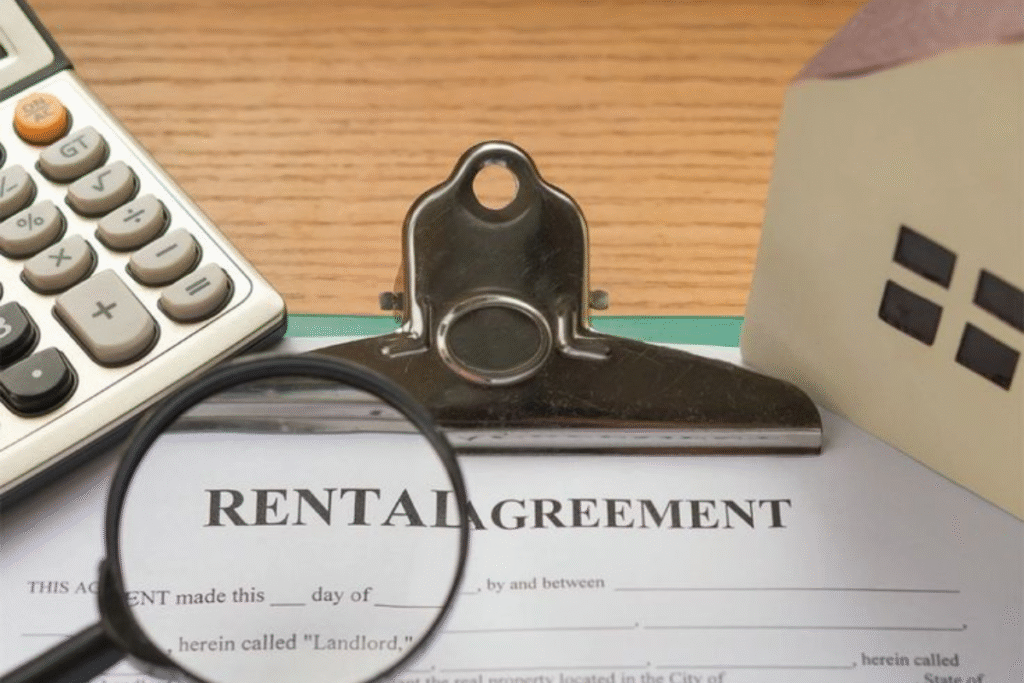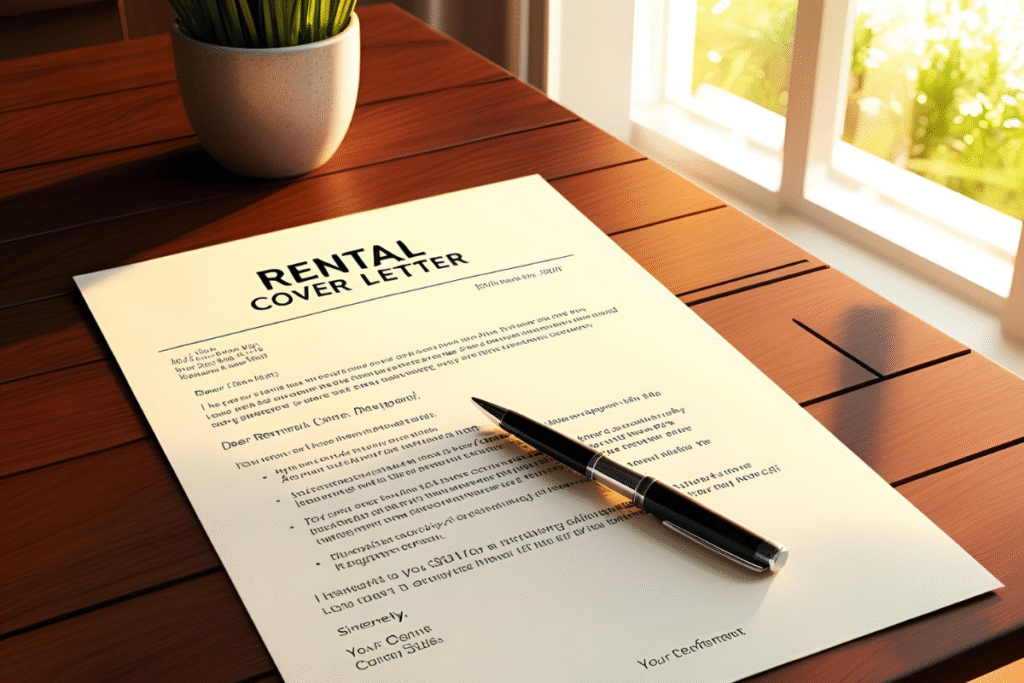Owning a home remains one of the most significant dreams for many individuals and families. However, with rising property prices and stagnant wage growth, saving for that all-important deposit feels like an impossible goal for some. Enter rent-to-own. This unique arrangement aims to make homeownership accessible without the immediate need for a hefty deposit. But is it right for you?
This guide explores the ins and outs of rent-to-own agreements, how they work, who they’re best suited for, and the risks to beware of. By the end, you’ll have a clearer understanding of whether rent-to-own could help you move up the property ladder.
Table of Contents
What is Rent-to-Own?
Rent-to-own (also referred to as rent-to-buy) is a leasing arrangement where tenants live in a property with the option to purchase it at the end of an agreed rental term. What makes this method appealing? You essentially secure the chance to buy the home by paying rent with added “option” fees, some of which may count toward the property’s eventual purchase price.
While this model makes it easier for first-time and aspiring homeowners to enter the property market, it does come with certain trade-offs. For instance, until the final payment is made, the tenant does not own any portion of the property, which leaves them vulnerable to market or contractual changes.
Key Features of Rent-to-Own:
- The purchase price is agreed upon upfront, shielding buyers from future price hikes.
- Tenants pay higher-than-average monthly rent, with part of the extra amount going toward the eventual purchase of the property (as rent credits).
- There’s frequently an upfront, non-refundable option fee (typically 2–7% of the purchase price) to secure the right to buy the property.
- The tenant must still secure financing at the end of the lease term to complete the purchase.
Rent-to-own schemes are gaining traction in locations like Queensland and New South Wales, where homeownership increasingly feels out of reach for many.
How Does Rent-to-Own Work?
A rent-to-own agreement combines a standard rental contract with an exclusive option to buy the property at the end of the term. Here’s how it generally works:
1. Initial Deposit
Before you move in, you’ll likely need to pay an upfront fee, often referred to as the “option fee.” This fee is a key part of the rent-to-buy process and secures your right to purchase the property in the future. For example, some companies like Public Square in Queensland typically charge around 3% of the property’s value. While this fee is non-refundable, it’s important to note that it can often be applied toward the purchase price of the home when you decide to buy it. This initial payment ensures your commitment to the process and gives you a head start toward homeownership.
2. Monthly Rent Payments
During the rental period, you’ll make monthly rent payments, but these aren’t your typical rental fees. In most cases, you’ll pay above-market rent, with the extra portion being credited toward the home’s purchase price. Essentially, this means that a part of your rent is helping you save for your future deposit while you live in the home. This arrangement can be particularly helpful for buyers who are working on building their savings or improving their credit score during the rental period. It allows you to work toward ownership without the immediate financial pressure of a large down payment.
3. Locked-In Price
The purchase price is determined and agreed upon at the start of the agreement, providing clarity and certainty for both parties. Even if the market price of the property increases significantly over time, your agreed-upon price remains fixed, which can be advantageous if the property’s value rises sharply. However, this fixed price can also work against you if the market value of the property decreases, as you may end up paying more than what the property is worth at the time of purchase. This risk highlights the importance of carefully evaluating market trends and long-term value before entering into such agreements.
4. Final Purchase
At the end of the term (typically between 2–5 years), you’ll have the option to buy the home at a previously agreed-upon price. During this time, you’ll need to secure a home loan or mortgage to complete the purchase. This step involves working with a lender to assess your financial situation, finalize loan approval, and ensure you’re ready to take full ownership of the property.
If You Decide Not to Buy
If you change your mind or cannot obtain financing at the end of the term, you may lose the non-refundable option fee and any rent credits accumulated. Some agreements allow the property to be sold on the open market, giving you a chance to recoup part of your investment.
Who is Rent-to-Own For?

Rent-to-own is an appealing option for specific groups of aspiring homeowners:
- First-time Homebuyers: Those struggling to save a deposit while paying rent find it a pathway toward ownership.
- Low-Income Families: Rent-to-own can provide time to improve financial standing before applying for a home loan.
- Credit-Challenged Buyers: If your credit history prevents you from securing a mortgage now, a rent-to-own arrangement can give you time to build up your creditworthiness.
That said, rent-to-own isn’t a one-size-fits-all solution. It requires stable income, a high level of financial discipline, and an understanding of potential risks.
Pros and Cons of Rent-to-Own
The Pros
- Easier Access to Homeownership:
Rent-to-own can be a game-changer for individuals who don’t yet qualify for a mortgage due to credit issues or lack of a down payment. It provides a structured path to homeownership while allowing tenants to work on improving their financial standing during the rental period.
- “Try Before You Buy”:
Unlike traditional home purchases, rent-to-own lets you live in the property first, giving you the chance to assess its suitability for your long-term needs. You can experience the neighborhood, commute, and lifestyle without committing to a full purchase upfront.
- Build Equity Over Time:
Many rent-to-own agreements include a provision where a portion of your monthly rent payments is credited toward the home’s purchase price. Over time, this allows you to build equity even before officially buying the property.
- Locked-In Purchase Price:
With a rent-to-own agreement, the purchase price of the home is typically locked in at the time of signing. This means you won’t have to worry about rising property values during the rental period, which can be especially beneficial in a competitive housing market.
The Cons
- Higher Payments:
Rent-to-own agreements often require tenants to pay more in rent than they would under a traditional lease. This additional cost is designed to cover the option to purchase and any rent credits applied to the eventual purchase price. However, it can strain your monthly budget.
- Non-Refundable Fees:
At the start of a rent-to-own agreement, tenants usually pay a non-refundable option fee that secures their right to purchase the home in the future. If you decide not to buy the property or fail to meet the terms of the agreement, you may lose this upfront fee along with any rent credits.
- Market Risks:
While locking in the purchase price can be advantageous, it also poses risks. If the market value of the property drops below the agreed price, you’ll still be required to pay the higher, originally agreed price, potentially leaving you at a financial disadvantage.
- No Ownership Rights:
Until the purchase is complete, tenants don’t have ownership rights. This means you’re vulnerable to risks such as the landlord defaulting on their mortgage, which could lead to foreclosure and force you to start over with no compensation.
- Costly Maintenance:
Some rent-to-own contracts place the responsibility for property maintenance and repairs on the tenant during the rental period. This can add unexpected costs, especially if the property needs significant upkeep or repairs that would typically be covered by a landlord.
Rent-to-own can be a valuable option for some, but it’s not without its challenges. Carefully review the terms of the agreement and consider your financial situation before committing.
Pro Tip: It’s critical to seek independent legal advice before entering a rent-to-own agreement to fully understand the terms and risks.
How to Start the Rent-to-Own Process
- Find a Property:
Start by researching rent-to-own homes in your desired location. These types of properties may be harder to find compared to traditional listings, so consider working with a real estate agent who specializes in rent-to-own agreements. Look for homes that meet your needs in terms of size, location, and future value potential. Be prepared to negotiate the terms of the agreement with the seller.
- Research the Seller:
Before committing, ensure the seller is financially stable and trustworthy. Request documentation that confirms their ownership of the property and their financial standing. This step is crucial to avoid potential scams or dealing with a seller who may face foreclosure during the rental term. Be thorough in your background check to ensure a smooth experience.
- Understand the Costs:
Calculate all potential costs involved in the rent-to-own arrangement. This includes monthly rent, option fees (a payment that gives you the right to buy the home later), maintenance or repair costs (which may be your responsibility depending on the agreement), and insurance. Understanding these costs upfront will help you determine if the arrangement fits within your budget.
- Seek Professional Advice:
Consult with a lawyer and financial advisor to evaluate the agreement and ensure it aligns with your financial goals. A lawyer can review the contract to make sure the terms are clear, fair, and protect your interests. A financial advisor can help assess whether this approach aligns with your long-term financial capacity and objectives.
- Prepare for a Mortgage:
Use the rental term to position yourself for future homeownership. Focus on improving your credit score, paying down existing debts, and saving for a down payment on a traditional home loan. These steps will increase your chances of securing a favorable mortgage when it’s time to finalize the purchase.
- Sign the Agreement:
Once you’re confident in the terms of the rent-to-own contract and have obtained professional approval, you’re ready to move forward. Sign the agreement, keep a copy of all documents for your records, and begin your journey in your new home. During the rental period, stay proactive by maintaining the property, keeping up with payments, and preparing financially for the eventual purchase.
Weigh Your Options and Carefully Choose
Rent-to-own schemes offer a unique pathway to homeownership, blending renting with the opportunity to buy. However, they come with significant risks, such as higher costs, non-refundable fees, and market volatility, that require careful consideration. Before signing any contract, it’s vital to understand your obligations and protect yourself from potential pitfalls.
Are you considering a rent-to-own agreement? Take the first step responsibly by seeking advice from trusted professionals to ensure it’s the right move for your financial future.
FAQs about Rent-to-Own
1. What is a rent-to-own agreement?
A rent-to-own agreement is a contractual arrangement where a tenant rents a property for a specified period with the option to purchase it at the end of the lease term. Part of the rent paid may go toward the eventual purchase price of the property.
2. What are the potential benefits of rent-to-own agreements?
Rent-to-own agreements provide an opportunity to gradually work toward owning a property while living in it. It can also allow you to lock in a purchase price and build equity if part of the rent is credited toward the property.
3. What are the risks of a rent-to-own agreement?
The risks include higher costs, non-refundable fees if the purchase does not go through, and potential market fluctuations that could impact the value of the property. Additionally, failing to meet the terms of the agreement can result in loss of the option to buy.
4. How can I protect myself in a rent-to-own arrangement?
Before entering an agreement, thoroughly review the contract and seek advice from real estate professionals or legal experts. Make sure you understand your financial obligations, maintenance responsibilities, and any non-refundable payments involved.
5. Can I back out of a rent-to-own agreement?
Most contracts specify what happens if you decide not to purchase the property. Generally, any fees or rental credits already paid may be non-refundable, and you could forfeit your option to buy. Understanding these terms upfront is crucial.
6. Is rent-to-own the right option for me?
Rent-to-own agreements may suit individuals who are not yet financially ready to buy a home but want to work toward homeownership. Evaluate your financial situation, long-term goals, and the specific terms of the agreement to determine if it aligns with your needs.
What to Know Before Choosing a Property Developer in the UAE
The UAE’s real estate landscape stands as a testament to architectural excellence and visionary development,…









